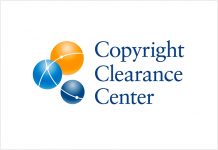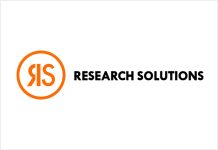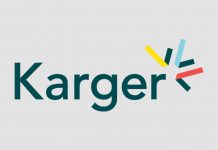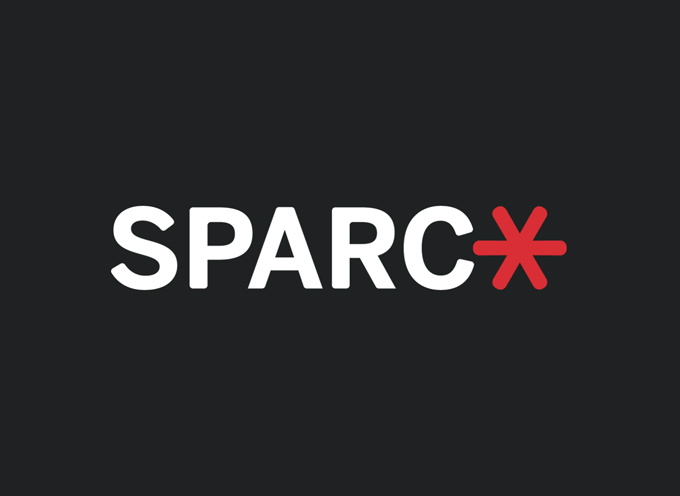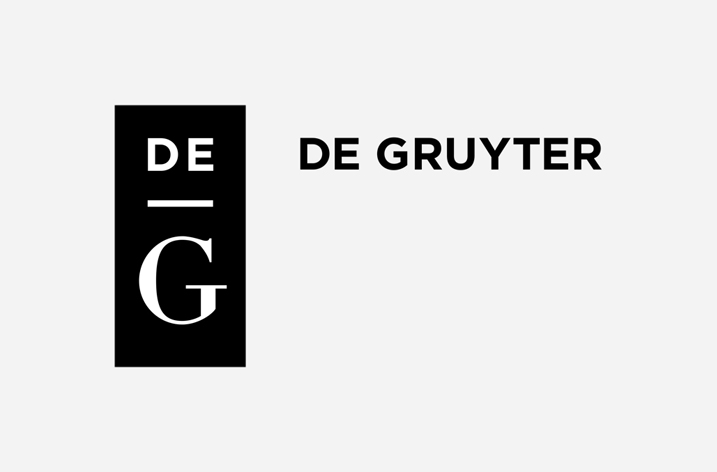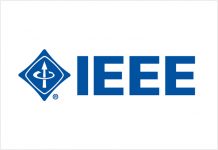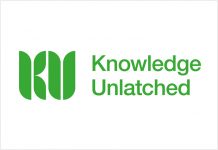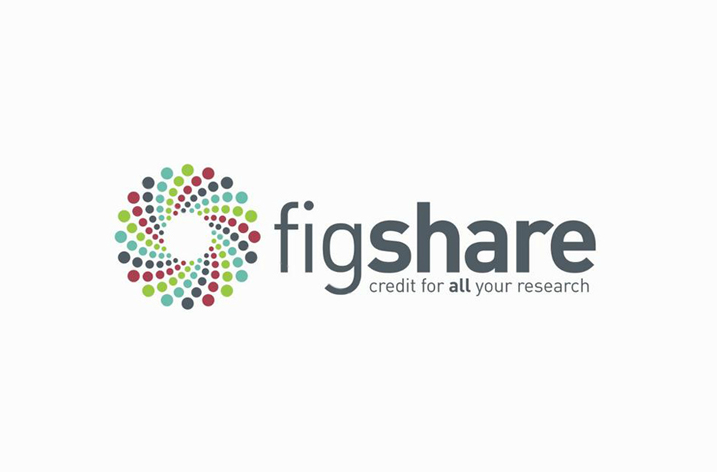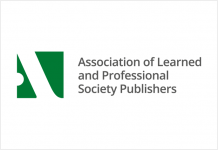
The peer-reviewed journals of the American Chemical Society (ACS) are once again the most-cited and/or most-impactful scientific journals across 14 scientific categories, including six core chemistry categories, according to the 2016 Journal Citation Reports® (JCR), released on June 14, 2017, by Clarivate Analytics. (The source for 2016 JCR is the Web of ScienceTM Core Collection.) The citation-based rankings underscore the visibility and value of the broad research published within the Society’s preeminent portfolio of journals.
“Our professional society is grateful for the efforts of our many expert editors and referees, who, amidst their own scientific pursuits, give priority to evaluating and vetting research generated by authors from around the globe. The citation and impact of ACS journals are tangible indicators of the high value that readers see in the rigor of that editorial process,” says Brian Crawford, Ph.D., president of ACS Publications. “We are delighted these latest metrics again demonstrate the significance of ACS journals and their hard-earned reputations as the most trusted sources of comprehensive knowledge needed to cultivate the chemists of tomorrow.”
The 2016 JCR affirmed the continued high impact and scientific importance of the Society’s flagship peer-reviewed journal — the Journal of the American Chemical Society (JACS) — as the forum for publishing timely research findings of broad scientific significance. JACS recorded its highest-ever Impact Factor at 13.858, and again ranks well ahead of both Wiley’s Angewandte Chemie International Edition and the Royal Society of Chemistry’s Chemical Science. It continues to be the most-cited journal in chemistry with over 500,000 total citations in 2016, up 2 percent from the prior year.
ACS Central Science, the Society’s first fully open access journal and distinguished winner of an American Association of Publishers’ PROSE Award earlier this year, achieved a notable inaugural Impact Factor of 7.939. Free to readers and authors alike, it has quickly established its standing as an important forum for discoveries that feature chemistry research of interest and importance to those engaged in interdisciplinary areas of scientific inquiry. (Note: The 2016 Impact Factor for ACS Central Science is a partial value tabulated since the journal’s publication date in mid-2015. That partial Impact Factor is incorrectly listed as 7.481 on the Clarivate website, to be amended when the information on the site is refreshed later this year.)
Chemical Reviews also achieved its highest-ever Impact Factor at 47.928 and again ranks No. 1 in the category of Multidisciplinary Chemistry, as well as No. 4 out of approximately 12,000 journals covered by the 2016 JCR. This underscores the journal’s role as an essential resource across the sciences for comprehensive and critical reviews of important developments in diverse areas of chemistry.
Four ACS journals within the Society’s materials science portfolio received their highest-ever impact ratings this year, reflecting the strength of ACS Publications in fields of basic and applied areas of materials science that interface with other scientific disciplines. ACS Nano achieved an Impact Factor of 13.942, Chemistry of Materials an Impact Factor of 9.466 and ACS Applied Materials & Interfaces an Impact Factor of 7.504. ACS Biomaterials Science and Engineering debuted with an inaugural Impact Factor of 3.234, reflecting the strength of ACS in the field of materials science that involves applications from a number of scientific disciplines.
Of the 49 ACS titles covered by the 2016 JCR, 86 percent rank within the top quartile of their respective topical categories. Among this cohort are a number of journals that achieved their highest-ever Impact Factors. These include, but are not limited to:
- ACS Applied Materials & Interfaces (7.504)
- ACS Catalysis (10.614)
- ACS Macro Letters (6.185)
- ACS Medicinal Chemistry Letters (3.746)
- ACS Nano (13.942)
- ACS Photonics (6.756)
- ACS Sustainable Chemistry & Engineering (5.951)
- Analytical Chemistry (6.320)
- Chemical Reviews (47.928)
- Chemistry of Materials (9.466)
- Energy & Fuels (3.091)
- Environmental Science & Technology (6.198)
- Environmental Science & Technology Letters (5.308)
- Inorganic Chemistry (4.857)
- Journal of Agricultural and Food Chemistry (3.154)
- Journal of Medicinal Chemistry (6.259)
- Journal of Organic Chemistry (4.849)
- Journal of Physical Chemistry Letters (9.353)
- Journal of the American Chemical Society (13.858)
More than 60 percent of the Society’s journals posted an Impact Factor of 4 or higher with a portfolio median of 4.849 in 2016, up from a median of 4.803 in 2015. In addition, ACS journals were cited more than 2.9 million times in 2016, representing an increase of over 6 percent from the prior citation total. These results reinforce ACS’ commitment to be the most authoritative, comprehensive and indispensable provider of chemistry-related information — in keeping with the Society’s vision of “improving people’s lives through the transforming power of chemistry.” For full 2016 JCR results for ACS journals, visit: http://connect.acspubs.org/jcr.



